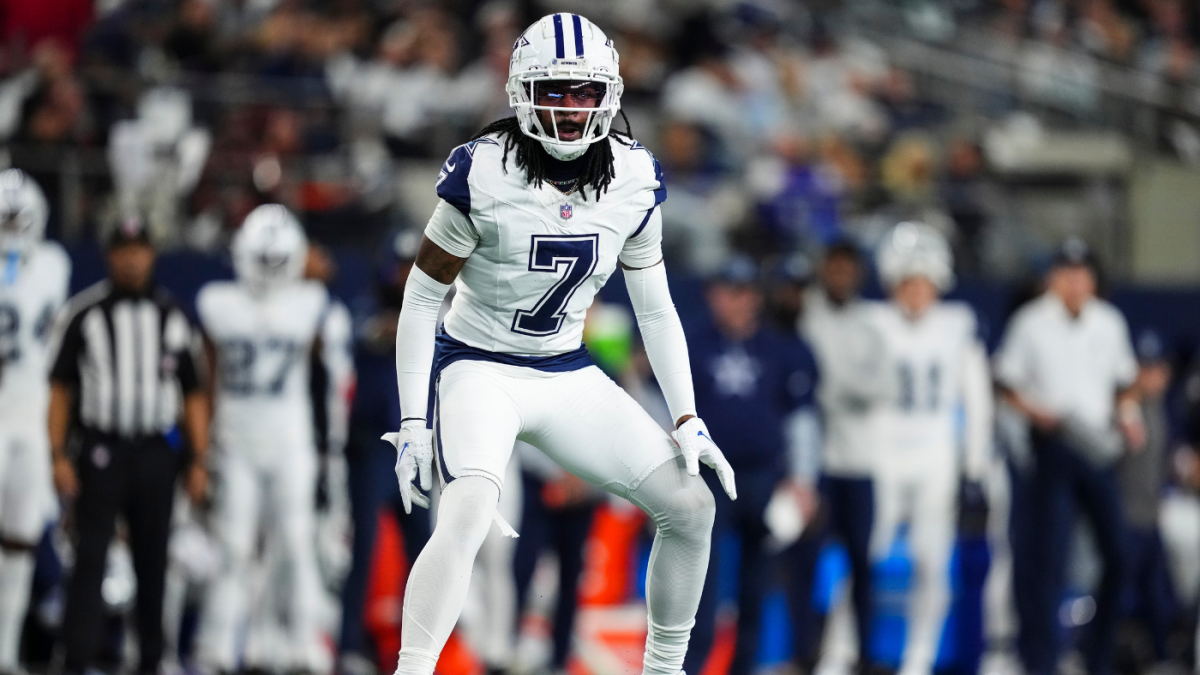
Traditional methods of predicting basketball game outcomes, based on intuition, past performance, or even fan sentiment, are being replaced with advanced analytical tools that provide a much more detailed and scientific approach.
By leveraging big data, machine learning, and complex algorithms, sports analysts and enthusiasts alike are now able to generate more accurate predictions, adding an extra layer of excitement and insight to the game.
This transformation is shaping the future of basketball analysis, making it a rich ground for not just fans but professionals who want to understand the deeper, often overlooked dynamics of the game. In this article, we will explore how data and analytics are revolutionizing basketball predictions, the tools and methods being used, and what this means for fans, analysts, and even sports betting.
The Role of Data in Basketball Predictions
Historically, basketball predictions were based on basic statistics like points scored, field goal percentages, and player performance. While these numbers were useful, they didn’t capture the full complexity of the game. Today, teams, analysts, and even betting platforms rely on an ever-growing range of data to generate more precise predictions. This data includes:
- Player-specific metrics: Points per game, assists, rebounds, steals, blocks, and efficiency ratings are just the beginning. Advanced statistics like player usage rate, true shooting percentage, and player efficiency rating (PER) provide a deeper look into individual performance.
- Team metrics: Beyond individual players, team stats like offensive and defensive ratings, pace of play, turnover ratios, and shot selection all contribute to predicting outcomes. These metrics help assess how teams perform as a unit, highlighting strengths and weaknesses.
- Situational data: Predicting how a team will perform under specific circumstances—such as when playing at home versus on the road, or how they perform in the second half of back-to-back games—has become crucial. These situational variables are integrated into predictive models to account for real-world conditions.
By combining these numerous data points, analysts can paint a much more accurate picture of how a game might unfold.
The Impact on Sports Betting
One of the most noticeable effects of data analytics in basketball has been felt in the world of sports betting. As technology has evolved, so too have the methods used to place bets. Today, many betting platforms are turning to data-driven insights to create odds and help bettors make more informed decisions.
The availability of advanced statistical models and data visualization tools has made it easier for bettors to analyze games and predict outcomes with greater accuracy. Sportsbooks use predictive models to set initial odds, and these odds are constantly adjusted based on incoming data, including betting trends and changes in player or team conditions.
For instance, when analyzing a matchup, many bettors turn to resources like Doc’s NBA best bets tonight for insights and predictions based on the latest data. This helps them make more informed decisions about whether to place a bet. While human judgment remains a crucial factor, data analytics and machine learning have significantly leveled the playing field, allowing both professionals and casual bettors to make smarter, more calculated choices.
Machine Learning and Predictive Models
The most groundbreaking advancement in basketball prediction has come with the development of machine learning (ML). By feeding large amounts of data into algorithms, ML models can analyze complex patterns in the game that might not be obvious to the human eye. These models improve over time, continuously learning from new data to refine their predictions.
Machine learning models can process factors such as player health, historical matchups, and even subtle trends like a player’s tendency to perform better against certain types of defenders. Models like logistic regression, random forests, and neural networks are commonly used to generate predictions based on vast amounts of data, with some models being specifically designed to predict game outcomes, player performances, and even specific in-game events (e.g., who will hit the next three-pointer).
The power of machine learning lies in its ability to identify patterns that are invisible to traditional analysis. For example, if a team has consistently won when leading at halftime and another has struggled to close games in the fourth quarter, a well-trained model can take these factors into account when making a prediction.
Data Visualization: Making Complex Data Understandable
With all the complex data being used for basketball predictions, it’s important to make this information accessible. Data visualization plays a crucial role in transforming numbers into easy-to-understand charts, graphs, and heatmaps. By visualizing team performance trends, player matchups, and historical data, analysts can make predictions more intuitive for fans and bettors alike.
For example, a simple line graph comparing a team’s shooting accuracy over the past 10 games can give an immediate sense of their current form, making it easier to gauge how they might perform in their next match. Likewise, heatmaps can show where players are most effective on the court, providing insights into how opposing teams might strategize their defense.
These visual tools help democratize basketball predictions, enabling everyone from casual fans to expert analysts to access data in a way that makes sense. It’s one thing to have access to statistics, but visualizing that data opens up a whole new level of understanding.
Player Health and Injury Analysis
Another area where analytics has revolutionized basketball predictions is in player health and injury management. Player injuries can significantly impact a team’s performance, but predicting when a player is likely to get injured or understanding how injuries might affect performance is incredibly complex. This is where analytics steps in.
With the help of data on player biomechanics, past injury history, and current fitness levels, analysts can predict a player’s likelihood of injury or how an injury may affect their on-court performance. For example, if a player has a history of knee injuries, analytics might suggest they’re more likely to sustain another injury in certain situations, such as during high-intensity periods or after playing a certain number of consecutive games.
Injury analysis has become a significant part of basketball prediction, as it helps teams, analysts, and bettors understand the potential impact of missing players or players returning to action after a long layoff.
Real-Time Data and Live Predictions
Real-time data is another game-changer for basketball predictions. As the game unfolds, live analytics provide insights that can influence predictions during the game. For example, if a team is struggling with shooting in the first half, predictive models may adjust to reflect this, suggesting that the team may have difficulty maintaining their lead or making a comeback.
Live betting, also known as in-game betting, has exploded in popularity due to real-time data. As odds shift during the game based on performance, data-driven insights can help bettors place more informed bets. Analyzing a team’s momentum, player performance, and even crowd noise can all play a role in predicting the next move. The instantaneous nature of live data means that predictions can change rapidly, allowing analysts to refine their predictions as the game progresses.
The Future of Basketball Analytics
As technology continues to evolve, the future of basketball predictions looks bright. Advances in artificial intelligence, machine learning, and data processing will lead to even more precise predictions. With teams now relying on vast amounts of data and complex algorithms, it’s only a matter of time before predictive models become even more sophisticated.
In the future, we may see real-time predictive models that can analyze player fatigue, player interactions, and even non-statistical factors like fan sentiment to generate accurate predictions. The continued integration of cutting-edge technology into basketball analytics will only improve the accuracy of predictions and further solidify data as an indispensable tool for the sport.
Conclusion
The integration of data and analytics has revolutionized basketball predictions, transforming the way we understand the game. By leveraging advanced statistics, machine learning models, and real-time data, analysts are able to offer insights that go far beyond traditional methods. Whether for fans seeking a deeper understanding of the game, professionals analyzing player performance, or bettors looking for an edge, the power of data has reshaped basketball prediction in ways that were once unimaginable.
As technology continues to advance, the future of basketball predictions will only become more accurate, providing fans and professionals with the tools needed to stay ahead of the game. Data and analytics are here to stay, and they are only going to get more sophisticated as the sport continues to evolve.
Go to Source
Author: Vittorio Tonacci
June 12, 2025 | 11:15 am

































